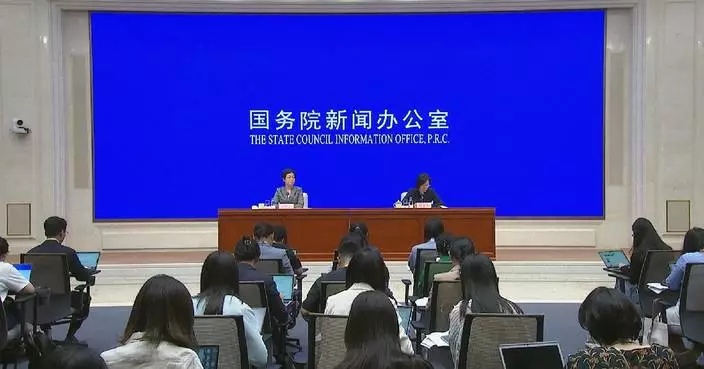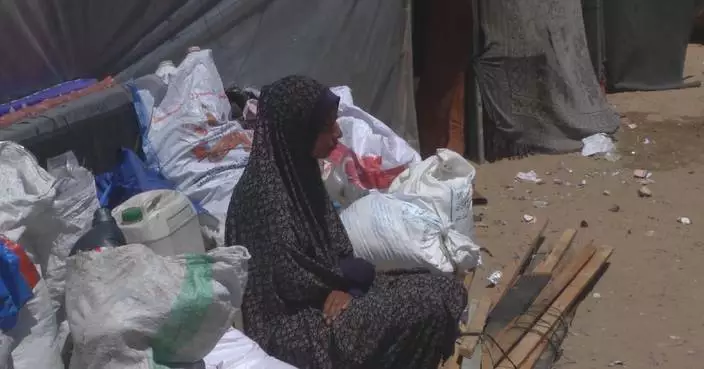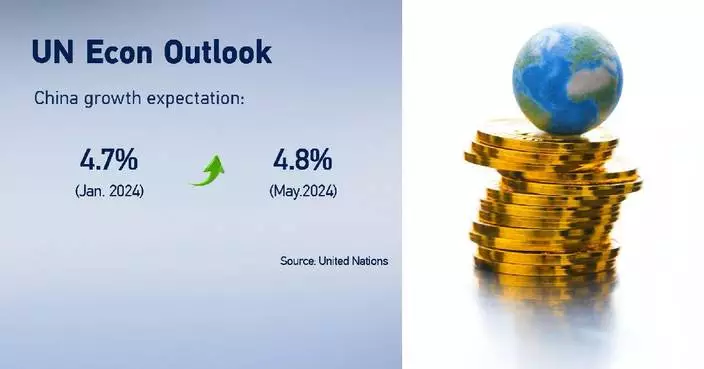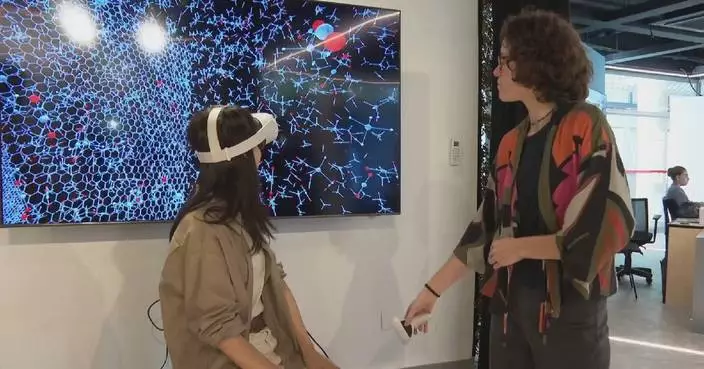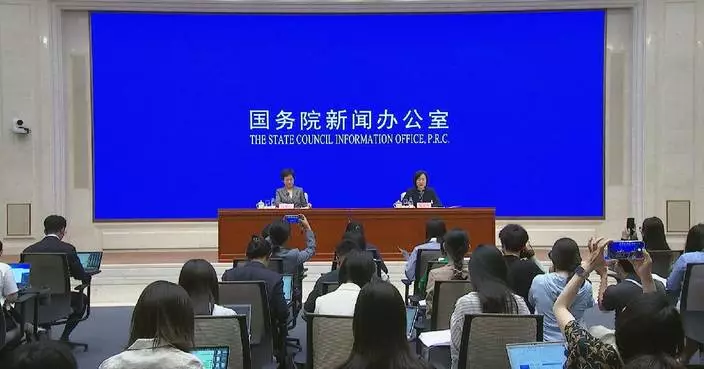North China's Hebei Province is ramping up efforts to bolster the coordinated development of the Beijing-Tianjin-Hebei region, while fast-tracking the development of the Xiong'an New Area, dubbed China's youngest city and a "city of the future".
As this year marks the 10th anniversary of the Beijing-Tianjin-Hebei coordinated development strategy, Hebei has already accommodated approximately 43,000 basic units which have been relocated from Beijing and Tianjin over the past decade.
The province's absorption of technology contracts from Beijing and Tianjin surged tenfold in 2023, reaching 81 billion yuan (around 11.2 billion U.S. dollars), and it has achieved a historic breakthrough in attracting second- and third-tier subsidiaries of central enterprises.
China announced plans to establish Xiong'an New Area on April 1, 2017, in efforts to relieve Beijing of non-essential functions as the capital and advance the coordinated development of the Beijing-Tianjin-Hebei region.
In seven years, Xiong'an has undergone a remarkable transformation from a blueprint to a thriving reality. More than 4,000 buildings rise from the previously barren lowlands and shabby villages, over 500 kilometers of digital roads stretch in all directions and the length of the underground pipeline system reaches 144 kilometers. The Xiong'an Urban Computing Center has amassed an impressive 20 billion data points on the city in just one year of operation.
The backbone road network in Xiong'an is now fully operational, and key municipal infrastructure is largely complete. Several landmark projects are nearing completion, and the initial outlines of the Internet industry park, science park, headquarters area, and four integrated residential areas are becoming visible.
Wang Zhengpu, deputy secretary of the Communist Party of China (CPC) Hebei Provincial Committee and governor of Hebei Province, outlined the future plans for Xiong'an at a press conference on forging ahead on a journey of high-quality development in the new era on Monday in Beijing.
"Going forward, by remaining true to the founding mission of Xiong'an New Area, we will accelerate the construction of the first batch of relocation projects, advance the development of key areas and projects, improve supporting facilities, shape a modern urban landscape, and promote the rapid introduction of innovative resources through platforms like the science and technology innovation center," said Wang.
Hebei's GDP grew by 5.5 percent in 2023, and the first quarter of 2024 saw a further increase of 5.6 percent, with key indicators remaining stable with a positive trend.
Traditional industries such as steel and equipment manufacturing have seen improvements in quality and efficiency, while emerging industries such as electronic information and biomedicine are experiencing rapid growth. Investment in high-tech industries in the province increased by 24.7 percent in 2023.
Hebei is committed to driving the transformation and upgrading of traditional industries, with a focus on higher-end, smarter, and greener development.
The province will also deepen collaborative innovation within the Beijing-Tianjin-Hebei region, leveraging the role of Xiong'an New Area as an innovation hub to foster new industries, models, and driving forces.

Hebei fast-tracks development of Xiong'an New Area, China's "city of the future"



